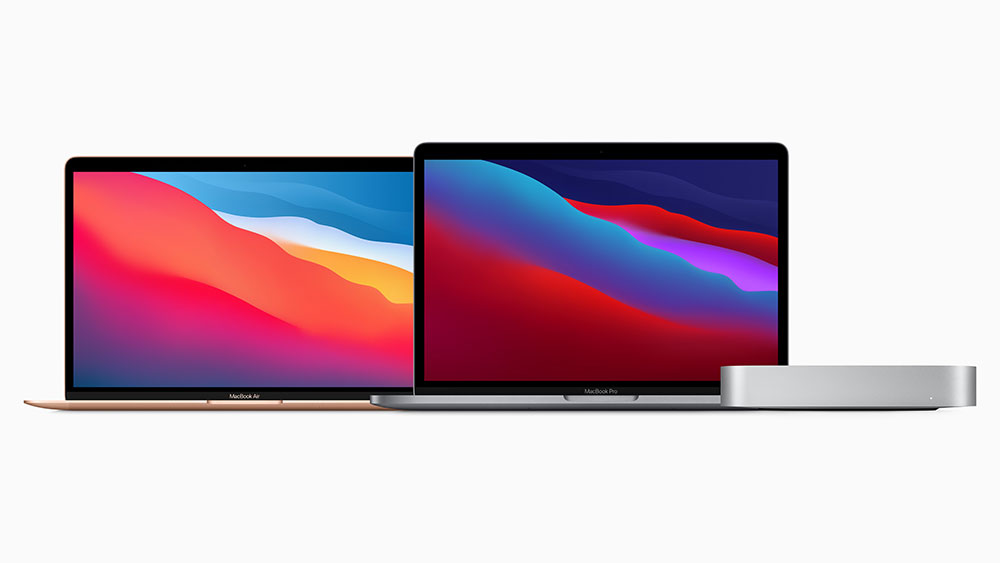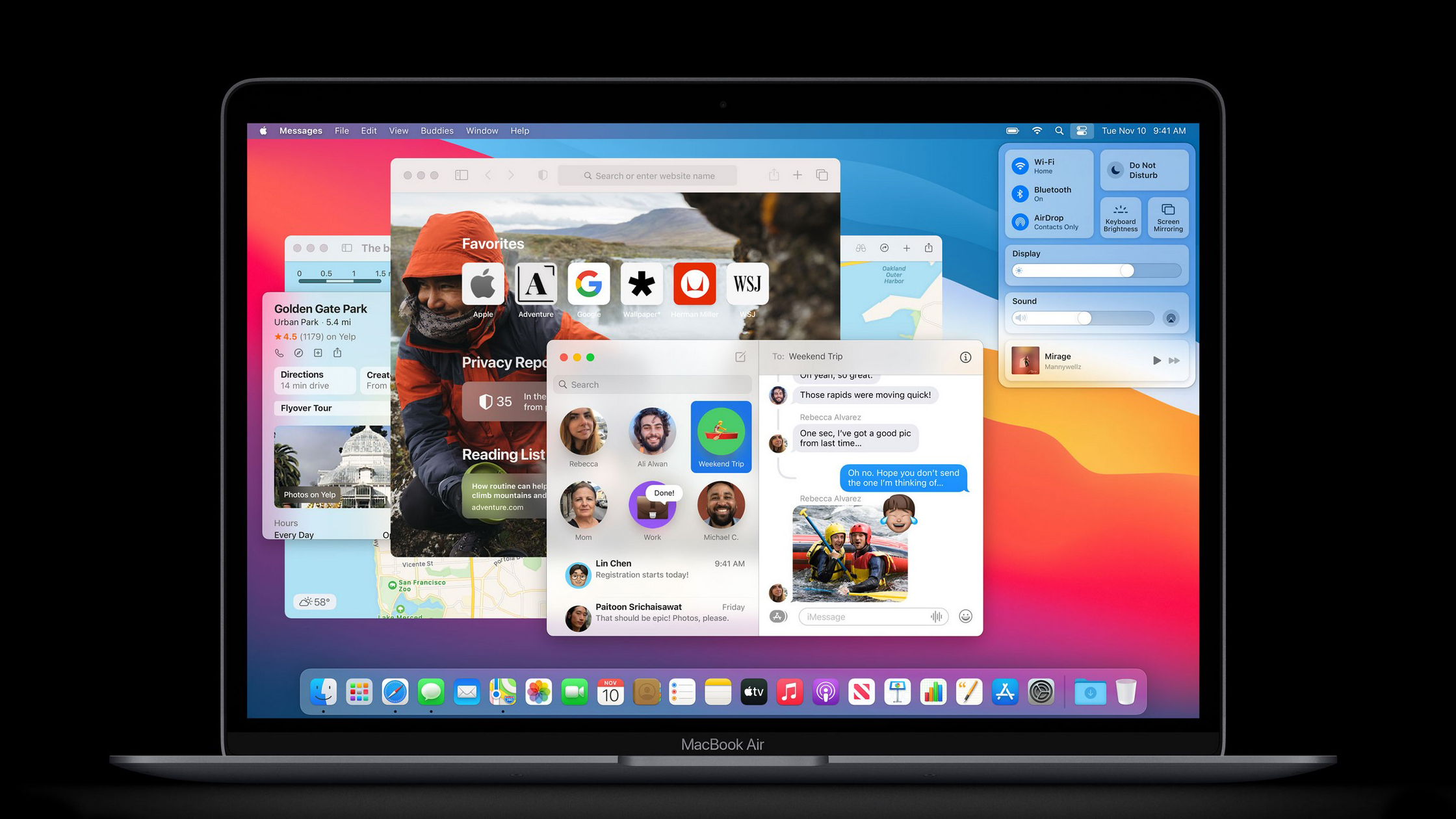During this year’s WWDC Apple announced that it would be transitioning away from Intel chips in favour of its own ARM-based Apple Silicon. The company unveiled a new line of Macs that utilise its M1 chip during its recent “One More Thing” event. The three new Macs consist of the MacBook Air, MacBook Pro 13 and Mac Mini.

First impressions of Apple’s M1 chip has largely been positive based on reporting from The Verge, TechCrunch and Tom’s Hardware. That being said, Windows support is something many Mac users would like to see but there is currently no way for users with M1 Macs to run apps from Microsoft’s operating system. However, the future is uncertain because Apple’s Boot Camp, a tool for users to run Windows apps on Mac computers, is currently not supported on the latest M1 computers.

Apple’s Federighi shared during an interview with Ars Technica that M1 Macs are capable of running Windows natively though the decision to allow this happen depends on Microsoft. Federighi said in the interview:
As for Windows running natively on the machine, “that’s really up to Microsoft,” he said. “We have the core technologies for them to do that, to run their ARM version of Windows, which in turn of course supports x86 user mode applications. But that’s a decision Microsoft has to make, to bring to license that technology for users to run on these Macs. But the Macs are certainly very capable of it.”
Currently, Microsoft’s licensing does not allow the ARM version of Windows 10 to be used by Apple. This is because Microsoft only licenses Windows 10 on ARM to OEM PC makers to preinstall on new hardware. The company doesn’t make copies of the operating system available for anyone to license or freely install.
So, what does Microsoft have to say about this? When asked by the Verge whether Microsoft would allow Boot Camp to run on ARM Macs, the Redmond based company said it didn’t have any news to share.
While that may be disappointing to some users, the good news is Boot Camp isn’t the only way to run Windows on a new M1 powered Mac. One example is CrossOver, a platform based on the open-source Wine project that can run the Windows environment on macOS and Linux. In fact, it even allows users to install and run Windows software on other operating systems without even installing a full version of Windows as you do on a virtual machine.
If you are curious to see how CrossOver works on a MacBook Air running on Apple’s M1 chip, check out the video below.
Apart from that, Parallels recently announced that it has a version of its Windows virtualisation software in the works that has M1 compatibility.
Federighi gave a quick shout out to CrossOver and added that there may be cloud solutions in the future that can run Windows apps on M1 Macs.
Federighi pointed to Windows in the cloud as a possible solution and mentioned CrossOver, which is capable of “running both 32- and 64-bit x86 Windows binaries under a sort of WINE-like emulation layer on these systems.” But CrossOver’s emulation approach is not as consistent as what we’ve enjoyed in virtualization software like Parallels or VMWare on Intel Macs, so there may still be hills to climb ahead.
Even though Apple has revealed the pricing of the M1 Mac line up for the Malaysian market shortly after its November event, the devices are still not available for purchase. Based on Apple’s official pricing, the MacBook Air starts at RM4,399 while the MacBook Pro 13 starts at RM5,599 and the Mac Mini is priced from RM2,999.
So, are you a Mac user who is missing the ability to run Windows app on your computer? How critical is it to your work? Share your thoughts in the comment section below.








